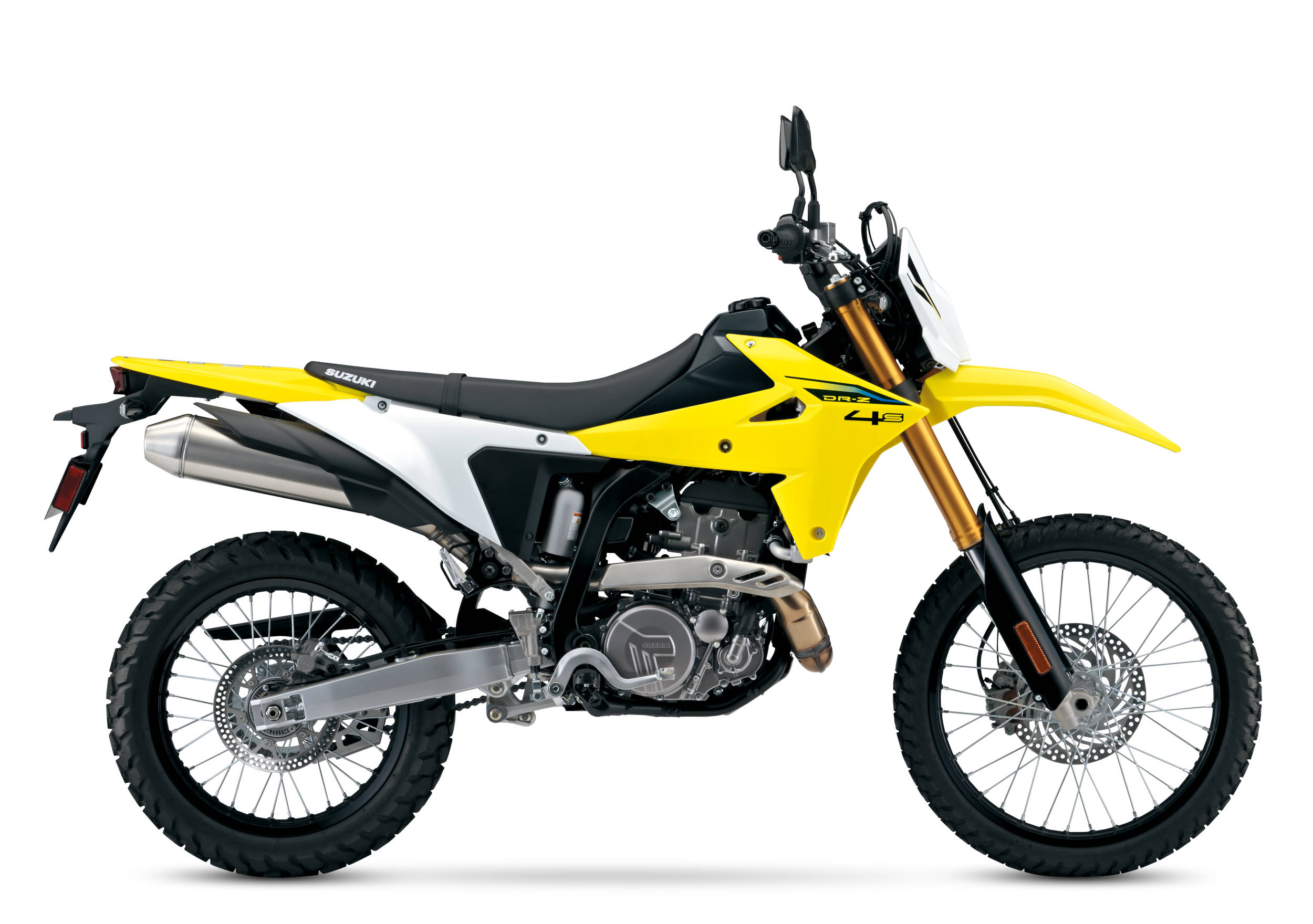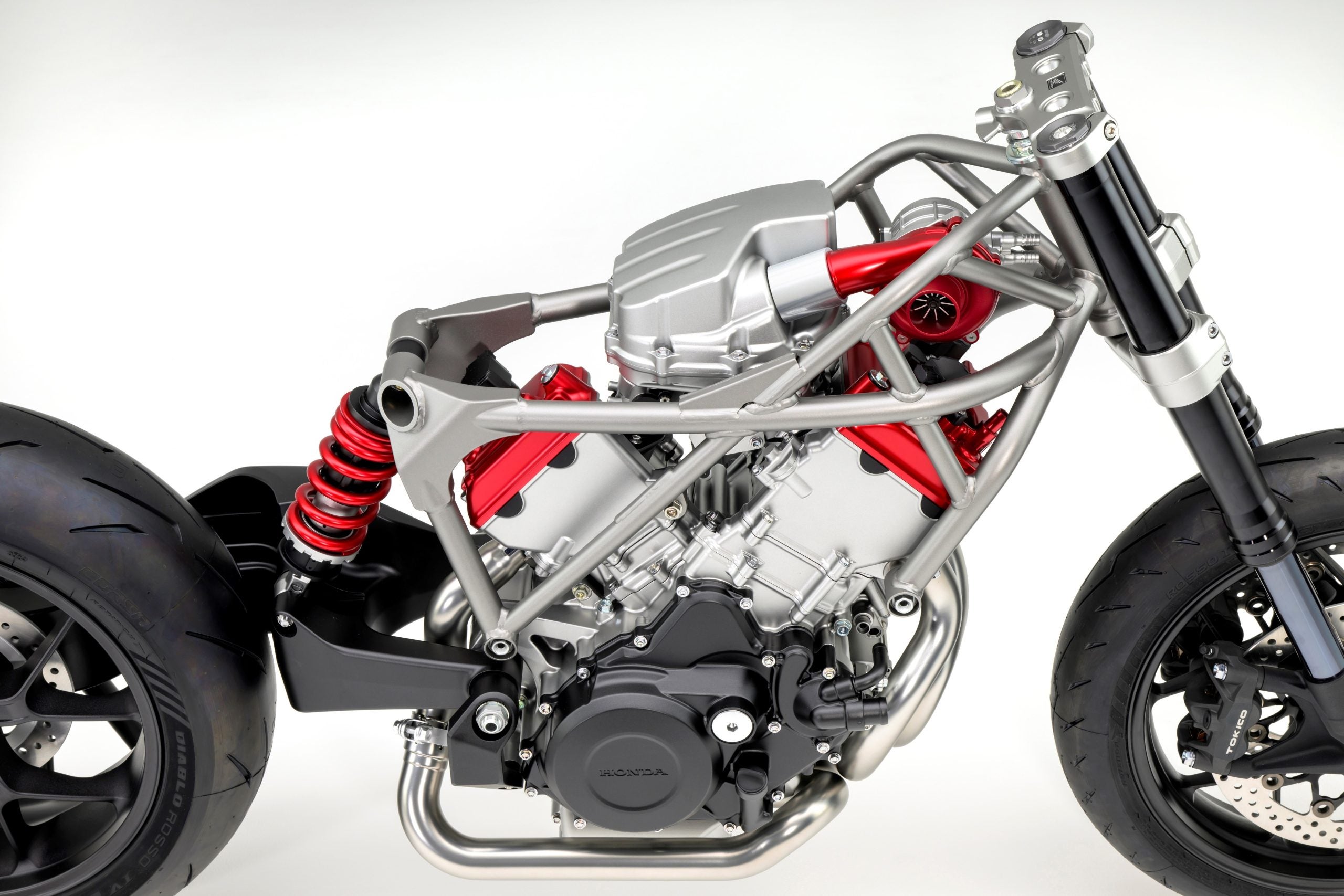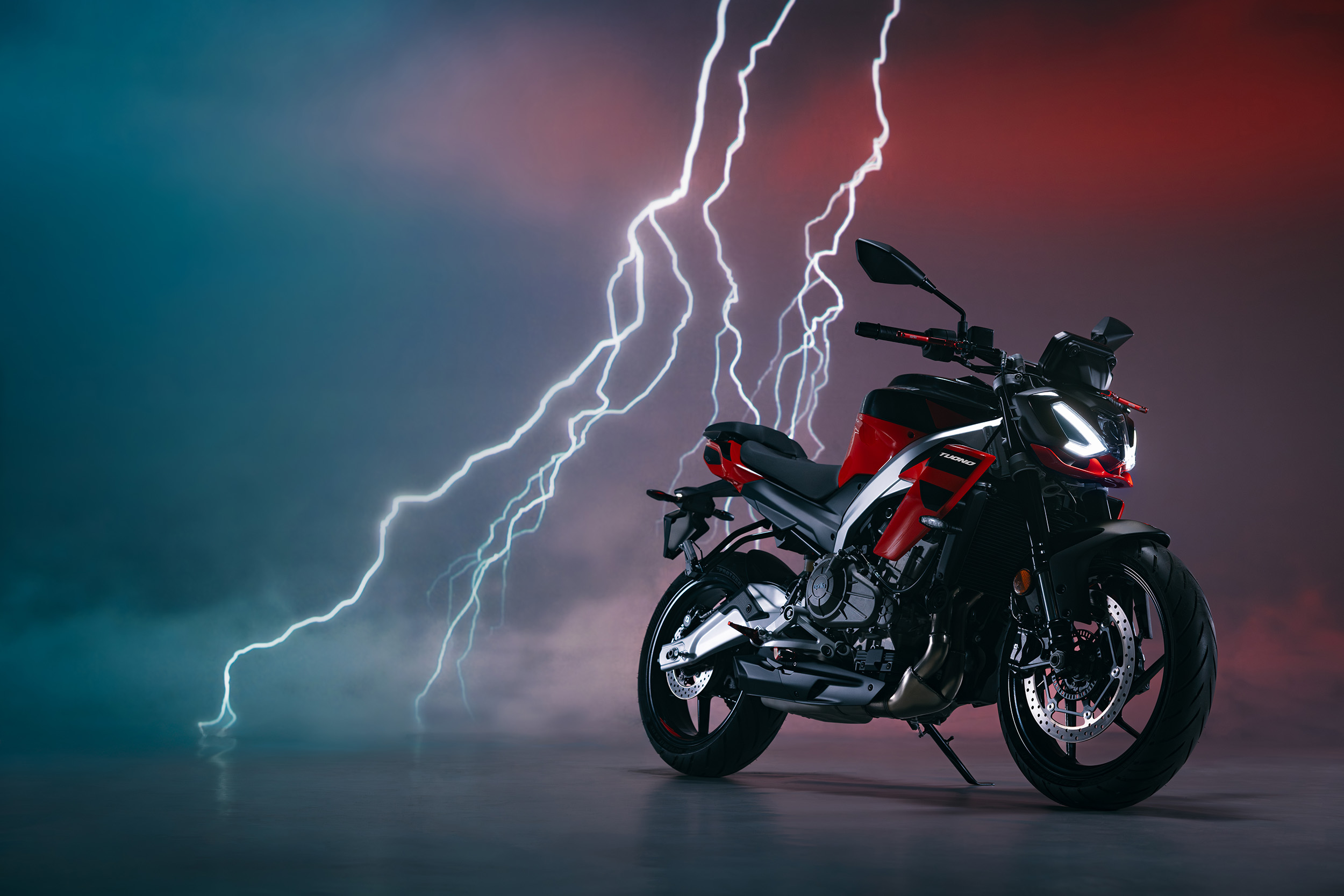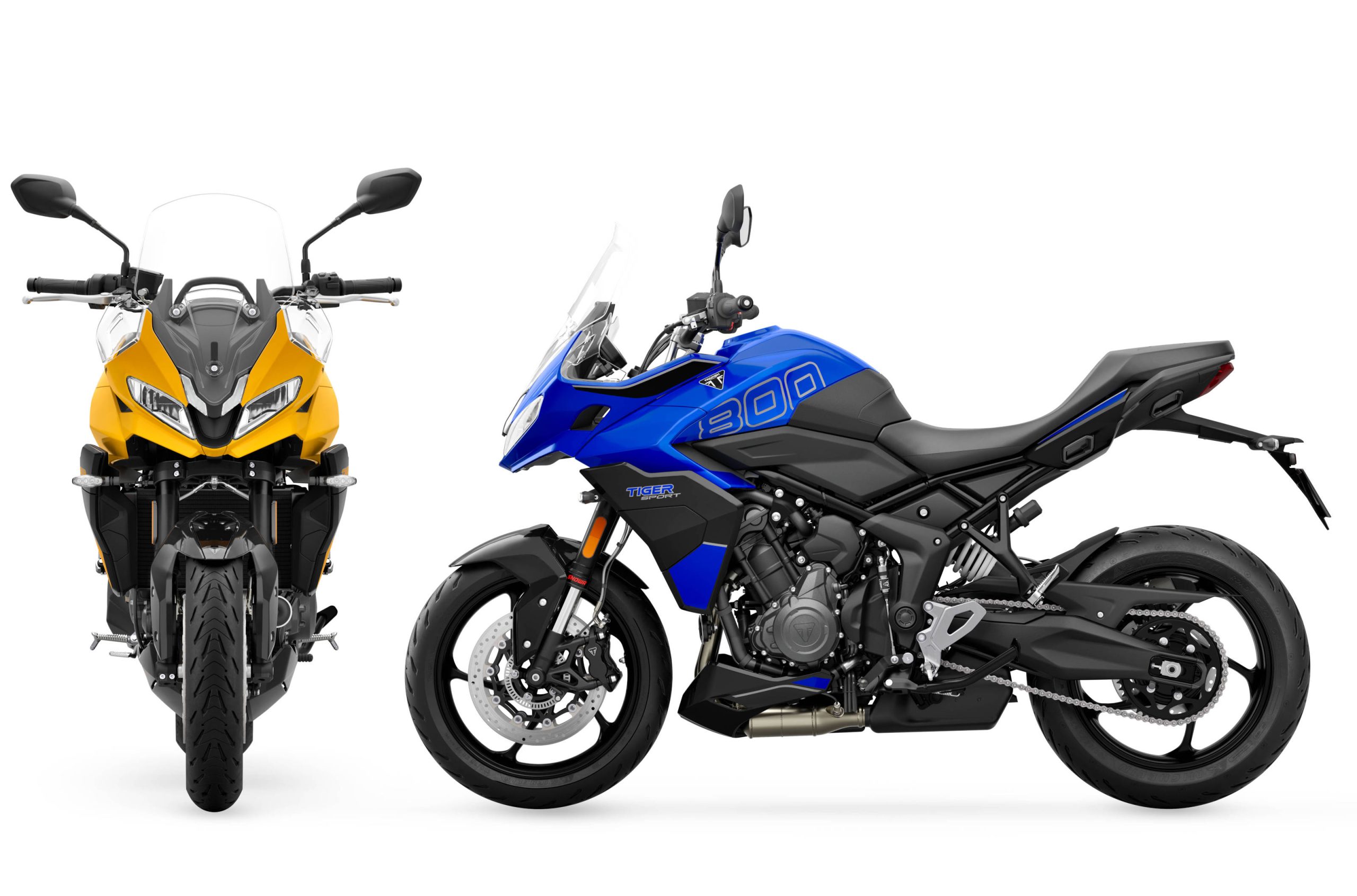Injecting water into your engine sounds crazy, doesn’t it? Turns out it has been done before (way back in WW2) as a means of cooling the air/fuel mixture thereby increasing engine performance. German engineering giant Bosch wants the technology to go mainstream, and is already utilizing it in a production BMW automobile.
According to Bosch, the tiny amount of water vapor injected into the intake port offers engine cooling that would otherwise fall to unburnt fuel. Apparently the benefits (including lowered emissions, improved fuel economy and improved power) are greater in forced induction engines, but offer some benefits to just about any ICE.
Here is a link to a press release from Bosch concerning its water injection system. Below is an infographic, as well as an informative video.
See more of MD’s great photography:








In the 70s my neighbor, a WWII vet, rigged up a water injection system on his Dodge Dart to improve performance and fuel economy.If I remember right, it just added a little water through the carb intake.
What’s kind of sad is that I knew a NASA chemist in 1971 when I was 16 riding dirtbikes in South Florida and he developed an ultrasonic device to “homogenize” water with gasoline prior to delivery. With about 10% water he was measuring substantial benefits in efficiency and cooling. And of course, no one was interested. Kind of nerdy but a cool guy, rode a Hodaka Ace and could ride sitting backward on the handlebars.
This specific system and its results are for direct fuel injection engines. Now I suppose similar results might be obtained in port fuel injection engines but that’s another story. At any rate there are no direct injection motorcycle engines in production now. For reasons I can only guess: complexity, weight, space limitations to name a few. Which all would apply again to water injection on bikes. I’ll guess that direct fuel injection makes more sense in every way for bikes before water injection, so I’ll be looking for that first.
While your statement on this particular application may be true, I don’t believe that direct injection existed in WW2, and yet, water injection existed then. So I don’t believe that water injection is just for direct injection applications. I remember from when I was younger that water injection was also in limited use in drag racing and nascar racing as well. Just saying that this is not so limited in application.
I remember my dad put a water injection system on his 1972 Ford pickup.
Once the leaded fuel went away, his 427 pinged like crazy and the water injection helped.
This is how you use water in an engine… http://autoweek.com/article/car-news/inside-bruce-crowers-six-stroke-engine
Heat converted to energy by steam every second power stroke.
Wow, neat stuff. I wasn’t aware of the fact that water expands 1600 times when going from liquid to a gas… no wonder steam power has always been wonderous.
I had a customer in Dallas about 1968 who was making big bucks selling Water/Methanol Injection Systems for cars and trucks with Pyramid Marketing. They had a vacuum injector in the carburetor hooked to a one gallon pickle jar. I sold them Methanol by the Tank Car.
WWII technology, this was used on piston engines / prop driven planes with superchargers. Not jet turbines. This will probably not make it to our shores with the amount of ethanol in the gas, you have this now. Alcohol will naturally absorb water. European countries use very little ethanol in the gas sold. Here in the good ol’ USA we subsidize our ethanol distillers, to make E85 competitive priced. Gas burns @ a 14:1 ratio, Alcohol 7:1 / 9:1. Alcohol makes more HP, burns cleaner, but at almost 1/2 the MPG. It’s the reason good Kentucky Bourbon cost so much. As motorcyclist we should not be pumping alcohol or water into our gas tanks. It’s called a “gas” tank.
No mention of ‘energy content’..?
Ian
Water injection was used on jet turbines too. There’s plenty of info on it.
Not during WWII, it wasn’t.
So you are sure the Germans and Japanese were not looking into it with their jet engines? I don’t think we know.
dave is correct, jets routinely sprayed water (not sure if they do it today as it’s likely unnecessary). it increases thrust as by-product of increased mass flow through the engine. I studied this along with FADEC control theory back in the 80’s. fascinating stuff as it seemed counter-intuitive on the surface.
Water Injection is used all the time in Gas Turbine Power Plants, many of which use the same engines that are used in airplanes.
It is good for about a %10 boost in them.
Have to use DeMineralized water.
So what happens on vehicles put away for ‘the season’; or even something like a Chevy Volt which, I understand, some drivers like to boast, how long it is, since the engine ran last. Mind you I understand GM designed the system to run periodically to avoid stagnation in the IC systems.
I must admit I always remember, as a kid, in the 60’s, how well my Triumph Tiger Cub ran as cooler damper air arrived at dusk – something in the air, I guess…
Ian
re: “I always remember, as a kid, in the 60’s, how well my Triumph Tiger Cub ran as cooler damper air arrived at dusk – something in the air, I guess”
close, something NOT in the air and that would be the “voids” or distance between individual molecules. you enjoyed all the benefits of turbo charging my friend without the increased cost and maintenance. 🙂
It would also help clean the carbon off the intake valves. That’s a big problem on Direct Injection engines now.
For a view on the subject there’s this: https://www.youtube.com/watch?v=7WYpT3m-OV8
When you think of it why would DI have an intake valve carbon build up problem caused by DI when the fuel is injected downstream right into the cylinder?
“…why would DI have an intake valve carbon build up problem caused by DI when the fuel is injected downstream right into the cylinder?”
Because direct-injected fuel bypassing the intake valves eliminates the “washing” of the valves by detergent-containing gasoline. Oil mist from crankcase venting (PCV) is deposited on the intake valves, then baked-on by hot, recirculated exhaust gas (EGR).
OK, as the video pointed out, the oil getting baked on the back of the valves without benefit (as you pointed out) of fuel passing by it. I was thinking in the aspect of DI causing it directly, not because of the absence of fuel passing by upstream. Makes sense. So the better the crankcase ventilation system is in keeping oil droplets from passing the less of a problem I would say.
Anyone know of which engines seem extra prone to the issue?
‘Seems to me, from poking around various forums, that VW and BMW have had the most reported problems, with GM possibly better at avoiding heavily fouled valves, but D-I engines all seem to be affected. Toyota/Lexus has instituted limited use of a fuel system combining port- and direct-injection, but even owners of the FR-S / BRZ sports cars are installing “catch cans” to hold accumulated oil vented from crankcases. I’m glad bikes still use port-injection.
Holly “smoke,” only about thirty years behind schedule!
In the late 70s/early 80s Mike Stuermer was primary wrench at Alex McClean’s Motorcycles Unltd in Corte Madera. Mike was a terror on his midnight candy blue 1978 GS1000 w/1100cc piston and Mr. Turbo kit with water injection. Gusseted frame ala Wes Cooley’s Superbike, Lockheed calipers, lay down shocks, F/R 18″ Buchanan’s race wheels w/gold anodized rims, stainless steel brake lines, synthetic brake fluid, non-DOT rear race slick on a WM6, electric fuel pump, barely 1″ of seat pad for rider with vertical back stop to the passenger seat, etc, etc, etc, etc. The cam lobe was so tall and narrow it could cut your finger (turbos want high rise and low duration).
That bike laid a strip of burnt rubber that would cause a haz mat incident today. Sandy Kosman tuned it and said it made at least 150hp (probably more like 170). On the freeway we punched off around 65mph, me solo on a stock GS1100 4-V, and Mike two-up. He pulled away like I hit the kill button. His bike could barely idle.
Mike once had the head removed and inverted in his garage. The valves were still in place. The whole affair looked brand new, almost unused, as Mike said, due to the water injection keeping carbon from accumulating.
Engine will not last as it is.
I guess you would have to use a solution like windshield washer fluid, to avoid freezing.
water injections main benefit to an engine is the same as an inter cooler. it cools the intake charge increasing density and providing protection against detonation, an octane boost if you will. this allows higher static compression and more timing advance thus more power. adding the tech to an existing NA engine would do very little but an engine designed with this system in mind could take advantage of the higher specific output for economy or dank whoolies. on a turbo motor however you can raise the effective compression of the motor by adding boost. even an old turbo volvo can benefit from water injection. i know guys who use windshield washer fluid, it has rust inhibitors and a little alcohol, works great.
I might just be in my own little post-lunch haze, but what the hell is “dank whoolies”?
This is used quite commonly in turbo diesels to great effect.
I’m curious about corrosion – high temperature steam under pressure is pretty nasty stuff.
Better power with Perrier over tap?
Absolutely! And those fruity water mixes will leave a trail of pleasant fruitiness behind you. Hey, I think I’ve found a cure for the Honda 919 exhaust stink!
It’s my recollection from when I was a kid in the 60’s that the local Bonneville racer said he had to add water injection upon testing at Bonneville in order to make his car run the same at Bonneville as it did where he built and tuned it, on the cool Northern California coast. Maybe he mistook humidity for air density?
Impressionable kid that I was, to this day I remember an acronym he had painted on his car to express his displeasure with the group running the Bonneville speed trials: FTSCTA :).
So do you have a water tank you have to fill or check before every ride? How much water would it hold? What would be the weight penalty?
I noticed in the vid he said clearly 13% more fuel economy OR 5% more power, not both?
Interesting concept and pretty bold claims.